×

×
Don't Miss Upcoming Promotions
Enter your email below to stay updated on our latest specials.
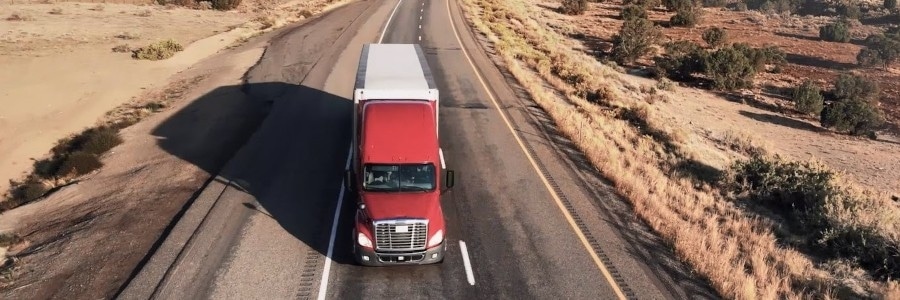

By Walt M. Collier | Chevron
An engine coolant and an antifreeze are the same thing. It’s the one fluid that stays in a truck’s system through all seasons, protecting the engine from overheating in hot weather and from freezing up when the temperature drops. Maybe that’s why many operators don’t give it a lot of thought beyond the onset of summer or winter. Yet as we pointed out in a previous article, the coolant system requires more than just a seasonal check. A problem with the coolant system can spread to other parts of the vehicle and lead to costly downtime, which is why an inspection should be a regular part of your preventive maintenance program.
Start with a Visual Assessment
You can tell a lot about the coolant system simply from a visual assessment just by looking at it. Start by checking for leaks from loose hoses, clamps, and the radiator cap. It’s considered best practice to pressure check the system using a readily available pressure tester. If a change in pressure appears during the test, that may be an indicator of a leak in the system.
Make sure that the coolant is at the fill line in the sump. If the level of fluid is below the fill line, you are definitely losing coolant, and the only question is how. If the coolant system is not holding its pressure, you are most likely boiling off water. A coolant is typically a 50/50 or 60/40 mix of glycol and water (depending on the regional climate), and losing water will upset that balance. If you see streaming trails on the outside of the radiator cap, that is an easy way to tell if water is boiling off.
A visual inspection should include an assessment of the fluid itself. The dye in the coolant tends to leach into the plastic of the sump and impede clear visibility, so it is best to open up the radiator cap and look down into the fluid. The color of the coolant is simply a dye and serves no technical purpose. However, if you see brown in the fluid, that could mean rust is present, or that two different coolant types have been mixed. In either case, the system needs to be flushed and drained, and fresh coolant put in. If oil has entered the coolants system, it will be plainly visible as a layer on top of the fluid. Oil in the coolant is a bad sign. It usually means there is coolant in the oil system, too, in which case both the coolant and the oil will need to be completely flushed.
Find a Leak on the Road? Just Add Water
Sometimes a driver may discover a leak on the road. When that happens, there are any number of off-the shelf products you can pour into the system that purport to help stop the leak. However, we don’t recommend that for two reasons: you’re not really fixing the leak at its root cause, and you’re introducing a foreign additive that is going to cause an imbalance in the fluid.
A better (and cheaper) temporary solution is simply to top off the system with water. You may diminish the protection properties of the coolant to a small degree, but it is better than bringing in another chemical, and it should buy you enough time to get to your maintenance shop and get the system fixed.
The important thing is not to mix coolant types. Coolants come in a variety of formulations, whether conventional, fully formulated, hybrid, or a full extended life coolant. If you’re not certain which type you’re using, topping it off with water temporarily is your best quick-fix option. Use bottled water or distilled water – don’t use water from a tap or a hose, which likely has impurities in it.
Keep your Water and Glycol in Balance
One essential tool in your coolant maintenance kit is a refractometer. That is what professional labs use to check the balance of glycol and water and find the freeze point. It is very easy to use and readily available on Amazon or from your lubricant supplier. The reading on the refractometer will help you determine if you need to adjust the water or glycol concentration levels to achieve the appropriate freeze and boiling points for your operating environment and conditions.
Chevron offers a full line of coolants for heavy duty vehicles, both on- and off-highway, as well as our handy Cool Tools Maintenance Kit that includes a refractometer, test strips, sampling tools and more. We also have coolant experts on hand to answer any questions you may have. Remember, a small investment in time and the right tools can save you on costly repairs and downtime in the future.
Keep an eye on your coolant all year ‘round!
Walt M. Collier is the Americas Brand Manager for Delo Engine oils and ancillary products. In this role, Walt oversees the development, deployment, and manages Chevron Delo brand of commercial lubricants products for the Americas. Prior to this role Walt was a Sr. Business Development Specialist working to grow Chevron’s Renewable Fuels business focusing on CNG for transportation fuel and Renewable Natural Gas. He joined the company in 2019 as an experienced hire working as a Business Development Specialist in our Direct Commercial lubricants group focusing on heavy duty engines in fleets, inland/coastal marine, and OEM dealers for North America.

Article courtesy of Chevron Lube Matters
Extending oil drains is a beneficial way of squeezing every ounce of usage out of your lubrication, avoiding waste and saving money. There are several tools and resources available to optimize and extend your drain intervals adequately and safely. Optimizing your equipment’s oil drains is essential to saving resources and reducing costs for the future. Those seeking to safely extend drains and see an additional allocation of the lubricants can do so by inspecting the oil for any contaminants and routinely testing through a laboratory.
Extending your oil drains can result in:
Contact your Shrader Tire and Oil representative today to find out more about extending oil drains and our oil analysis program.
OEM (Original Equipment Manufacturers) Recommendations
OEMs have general recommendations based on intervals such as hours or miles. OEMs can suggest these general recommendations but aren’t always specific to your application. They are unable to determine whether there is useful remaining life in the oil or perhaps the presence of acid, both resulting in unnecessary costs and resource allocation.
Common KPIs (Key Performance Indicators)
Extending oil drains require specific indications that the oil has enough life for further usage. Key Performance Indicators for extending lubricant drain intervals include:
PM vs CBMCBM (condition-based monitoring) is the natural progression of PM (preventive maintenance) to determining what’s best for your equipment. To generate a dependable solution to evaluating the possibility of extending oil drains, routine oil testing and analysis is vital. Fluid analysis programs are the only way to identify whether you are meeting your KPIs. Identifying patterns through CBM results in a higher sense of control over contaminants that directly affect lubrication longevity.
Oil Testing and Analysis
While OEMs offer broad suggestions for scheduling your oil drains, a routine, consistent fluid analysis program can go the extra mile and determine any unusual wear pattern in the equipment, identify and control any contamination present, and determine the suitability of the lubricant for continued use.
Proper training and education in oil analysis is learned best while practicing hands-on with these processes, leading to improved longevity for oil drainage. Being involved in oil analysis cuts costs and prevents unnecessary oil waste by allowing users to decipher when oil drains can be properly extended and the lubricant’s useful remaining life.
Data Management Reports and Sample Reports
Running data management reports and taking action on sample reports can assist users in recognizing problems as they occur. Analyzing patterns based on the results of the reports makes future extension of oil drains increasingly more manageable. Understanding oil sample data and downloading data across data management reports offers users solutions to enhance oil usage. For example, downloading sample data through the Problem Summary Report available in POLARIS Laboratories’ data management system, HORIZON®, identifies KPIs for oil drains.
Acting on maintenance recommendations included in sample reports can streamline the process of identifying suitability within the oil. Sample reports inform users of levels of metal and contamination and can be used as KPI’s to determine drain intervals. Additionally, these reports allow users to view sample history and recommended actions indicated on previously submitted samples for the same component.
Optimize Your Oil Drains
Resources such as condition-based monitoring, oil testing, and analyzing data in oil analysis reports give users opportunities to safely extend oil drains. Understanding acceptable levels of contamination or acids in lubrication instead of hours or miles recommended by OEMs can result in extending drains and using oil for longer. Knowledge identified with KPIs based on oil analysis reports results in extended component hours, decrease in costs associated with labor and lubricants, and less waste.
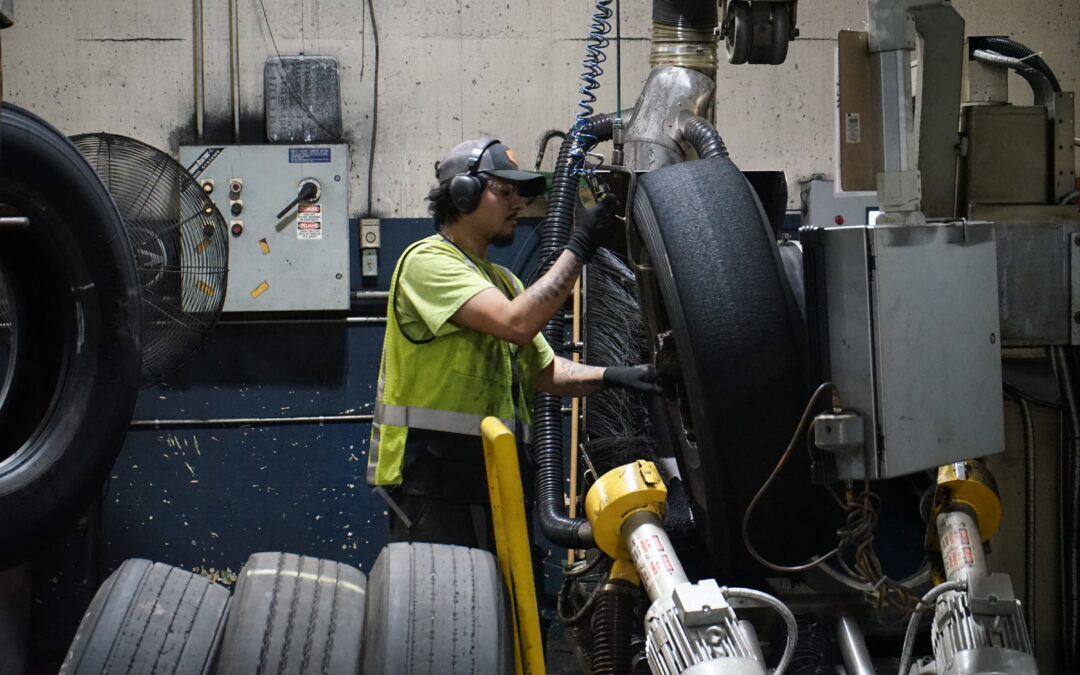
Shrader Tire and Oil is celebrating 30 years of manufacturing retreads this year. The Toledo, Ohio-based company celebrated 75 years of being in business in 2023 and reached the new milestone in 2024.
“Getting into the retread manufacturing business has been a key to our growth”, said Shrader Tire and Oil President and CEO Joe Shrader. “Having our own retread facilities has allowed us to better serve and deliver high-quality tires to our customers.”
Shrader Tire and Oil purchased a 12,000-square-foot building just outside of the Village of Blissfield in 1993 and opened its first retread plant the following year with a staff of four – a manager and three employees.
The retread production plant soon outgrew its space and Shrader Tire and Oil added 16,000-square-feet to the plant, producing Oliver-brand retreads.
Oliver, which is owned by Michelin today, was America’s first retread rubber brand.
Truck tire retreads deliver huge savings to fleet managers and owner/operators and have a massive impact on the environment. It is estimated that nearly 300 million tires from cars and trucks are thrown away by Americans each year, but the use of retreads saves hundreds of millions of gallons of oil, and millions of tires continue a useful life rather than being consigned to a tire pile or landfill.
Simply put, retreading is recycling and conserving oil. The synthetic rubber components in a new medium truck tire require about 22 gallons of oil, but it takes only seven gallons to retread that same tire.
In 2005, Shrader Tire and Oil converted its retread operations to Michelin in Melvindale, Mich. A second Michelin manufacturing plant was purchased in 2017 in Pemberville, Ohio.
Today, Shrader Tire and Oil continues to utilize Michelin Retread Technology at those two locations, producing hundreds of thousands of retreads.
“We are proud to have been in business for 76 years and we are committed to manufacturing only the best retreads for our customers.”
Shrader Tire & Oil is the premier tire and lubricant distributor in the Midwest. With locations in Ohio, Michigan and Indiana, Shrader Tire and Oil has 14 truck tire and fleet service centers, two state-of-the-art Michelin retread plants, 4 bulk lubricant operations and a 24-hour emergency road service network.
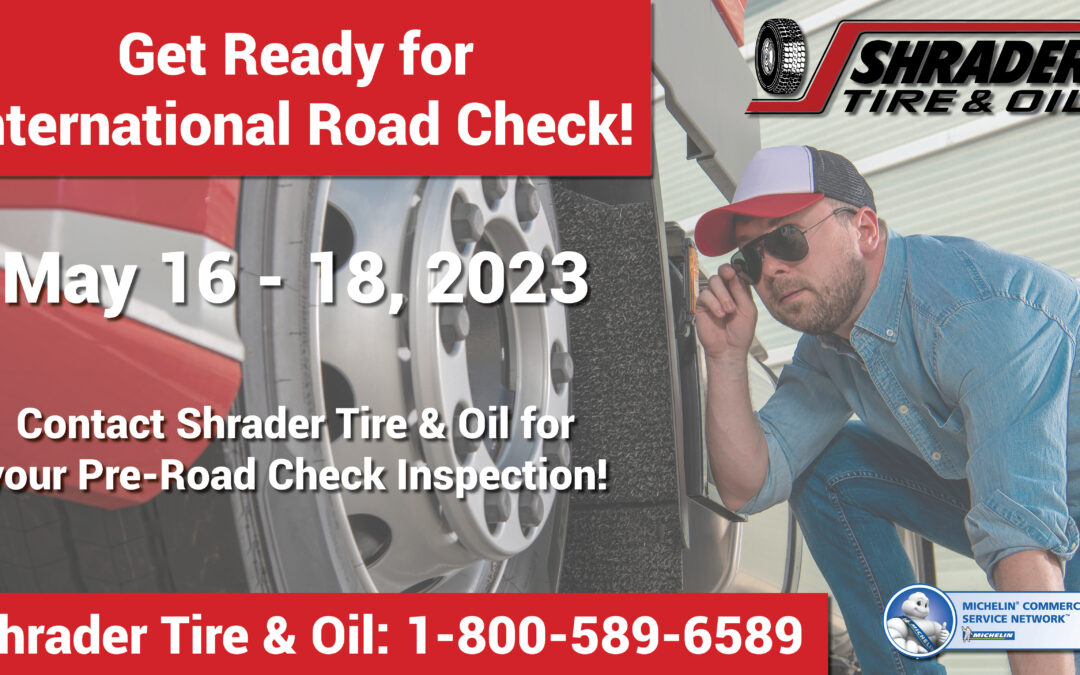
The Commercial Vehicle Safety Alliance (CVSA) has announced May 16-18 as this year’s International Roadcheck.
International Roadcheck is a high-visibility, high-volume 72-hour inspection and enforcement event where CVSA-certified inspectors in Canada, Mexico and the U.S. conduct inspections of commercial motor vehicles and drivers at weigh/inspection stations, designated inspection areas and along roadways.
Data will be gathered from those three days and shared later this year, as a snapshot of the state of commercial motor vehicle and driver safety.
International Roadcheck also provides an opportunity to educate the motor carrier industry and general public about the importance of safe commercial motor vehicle operations and the North American Standard Inspection Program.
During a routine North American Standard Level I Inspection, inspectors focus on two areas – driver and vehicle safety compliance:
Vehicle safety – Inspectors will ensure the vehicle’s brake systems, cargo securement, coupling devices, driveline/driveshaft components, driver’s seat, fuel and exhaust systems, frames, lighting devices, steering mechanisms, suspensions, tires, wheels, rims, hubs and windshield wipers are compliant with regulations. Inspections of motorcoaches, passenger vans and other passenger-carrying vehicles also include emergency exits, seating, and electrical cables and systems in the engine and battery compartments.
Driver safety – Inspectors will check the driver’s operating credentials, hours-of-service documentation, status in the drug and alcohol clearinghouse, seat belt usage, and for alcohol and/or drug impairment.
Shrader Tire and Oil conducts DOT inspections at our fleet and tire centers.
Contact us today to have your truck inspected before International Road Check!
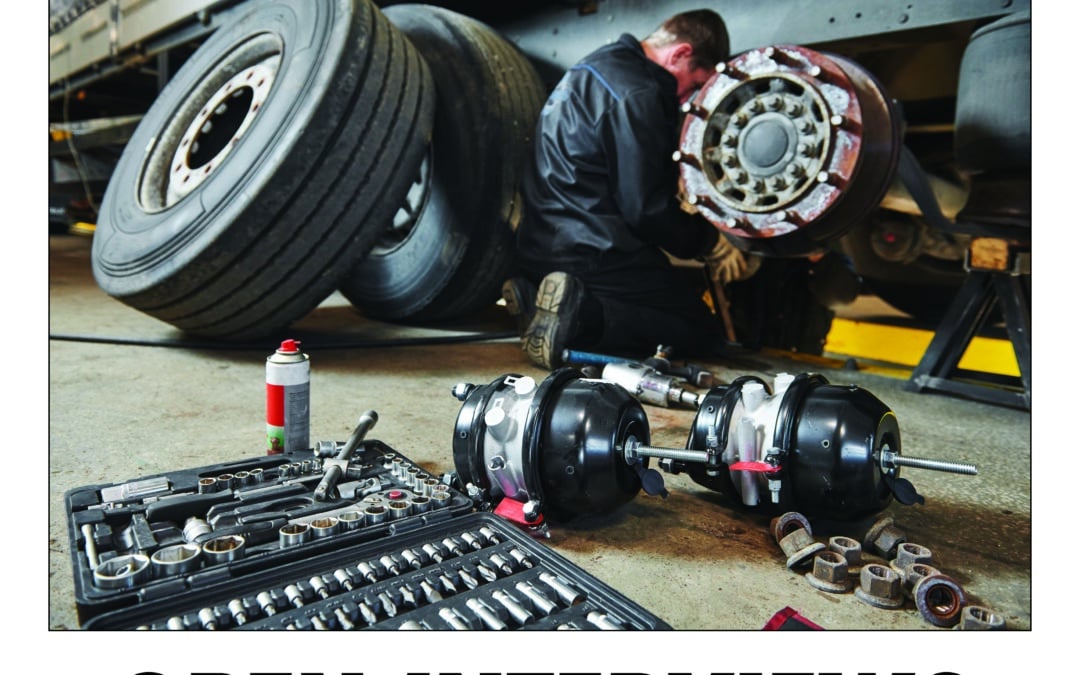
Shrader Tire and Oil will conduct on-site interviews and host a job fair at its Perrysburg fleet store at 3511 Genoa Rd., Perrysburg, Ohio, from 1 to 5 p.m. Thursday, May 11.


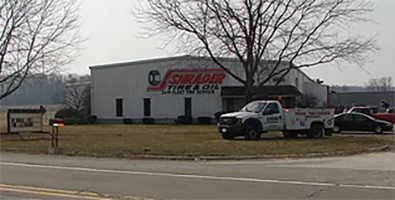
517.486.4633
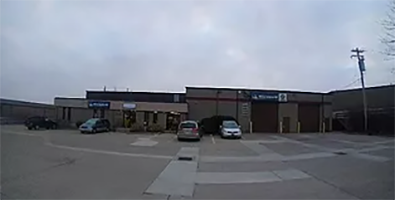
513.733.8200
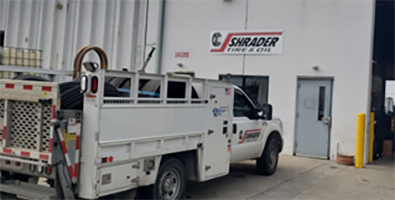
614.445.6601
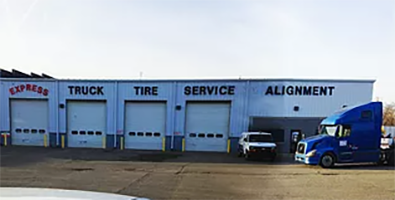
313.386.0451
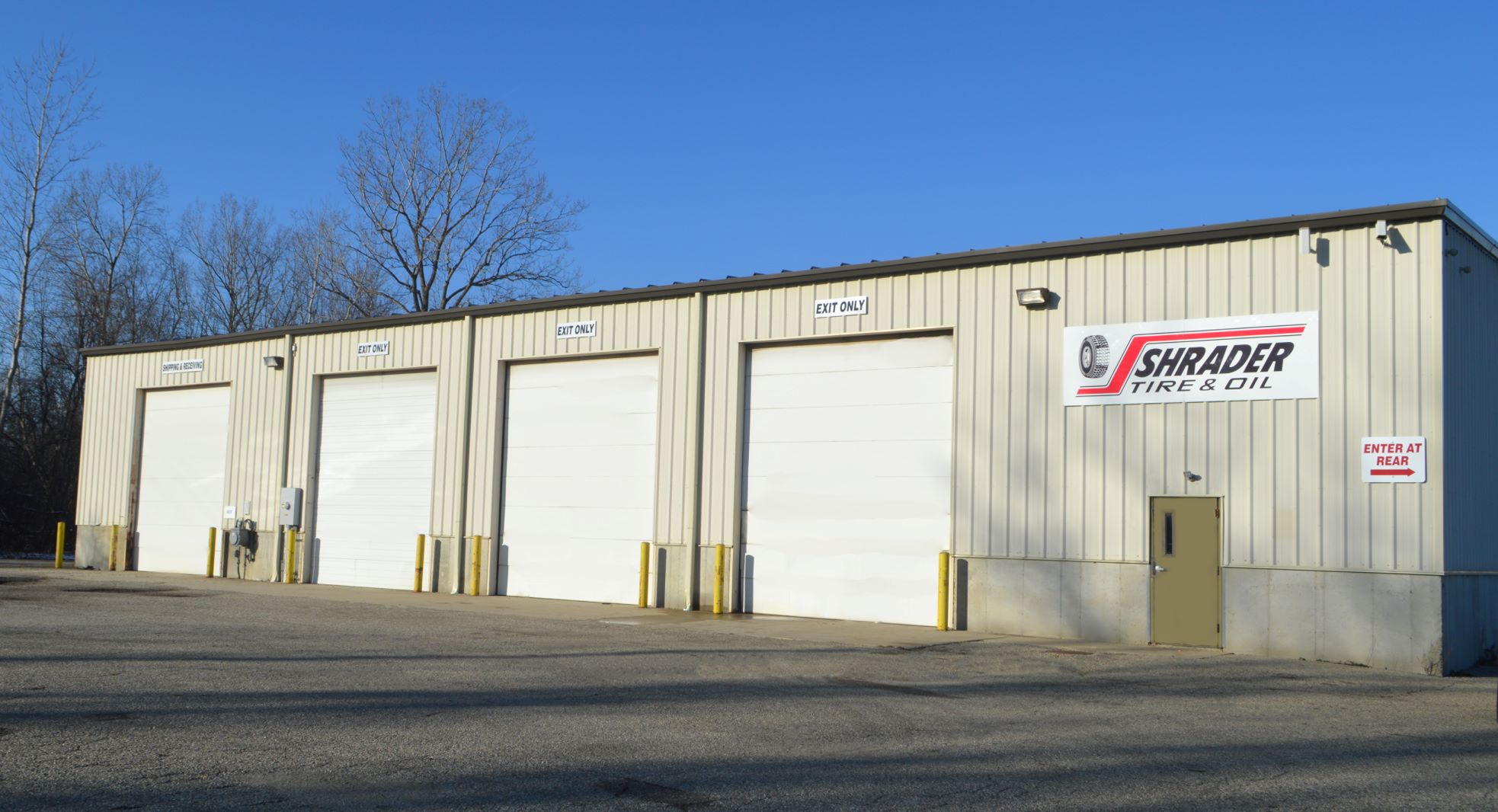
810.288.6458
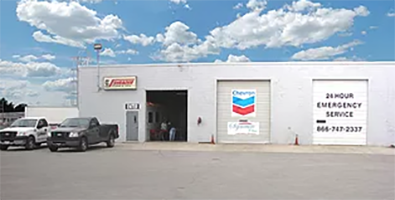
260.420.8435
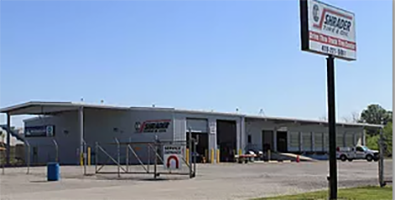
419.221.5001
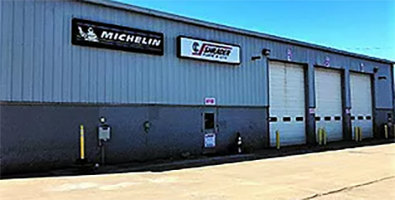
740.788.8032
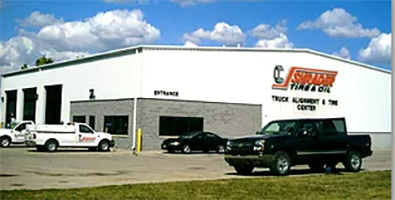
419.727.9468
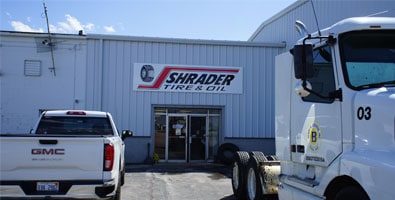
419.837.6591
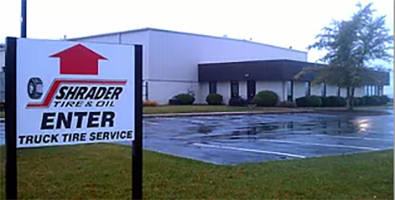
574.968.0067
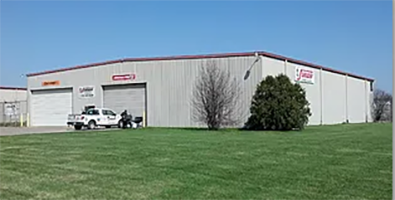
734.434.9300
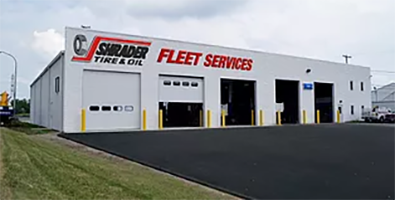
419.720.0422
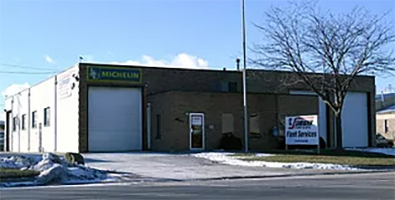
586.777.9030